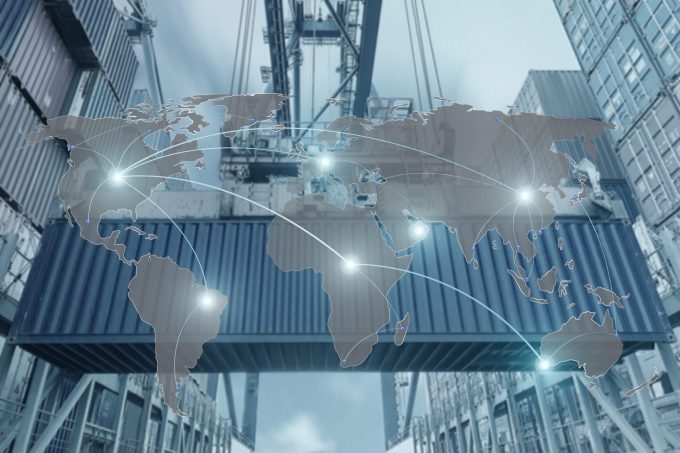Scope 3: the emissions elephant in the room for supply chains
A battle has been raging this year over the grand challenge of Scope 3, or ...

Industry experts believe cash-rich carriers, now seeing contracting demand, are set to fight over diminishing cargo volumes as the pandemic eases.
They will resort to finding unique selling points, which could see them turn to track and trace solutions.
Recently, Hapag-Lloyd began to fit tracking and telemetry ...
CMA CGM South Korean staff strike over bonuses after bumper 2024 profit
MSC switches two more Asia-Europe port calls from congested Antwerp
Ports and supply chain operators weigh in on funding for CPB
Nightmare for Bangladeshi exporters as congestion and tariffs bite
Carriers introduce surcharges as congestion builds at African ports
Box ship overcapacity threat from carrier appetite for new tonnage
CMA airline returns two freighters, while ANA takeover of NCA looms
Tradelanes: Export boom in Indian sub-continent triggers rise in airfreight rates

Comment on this article